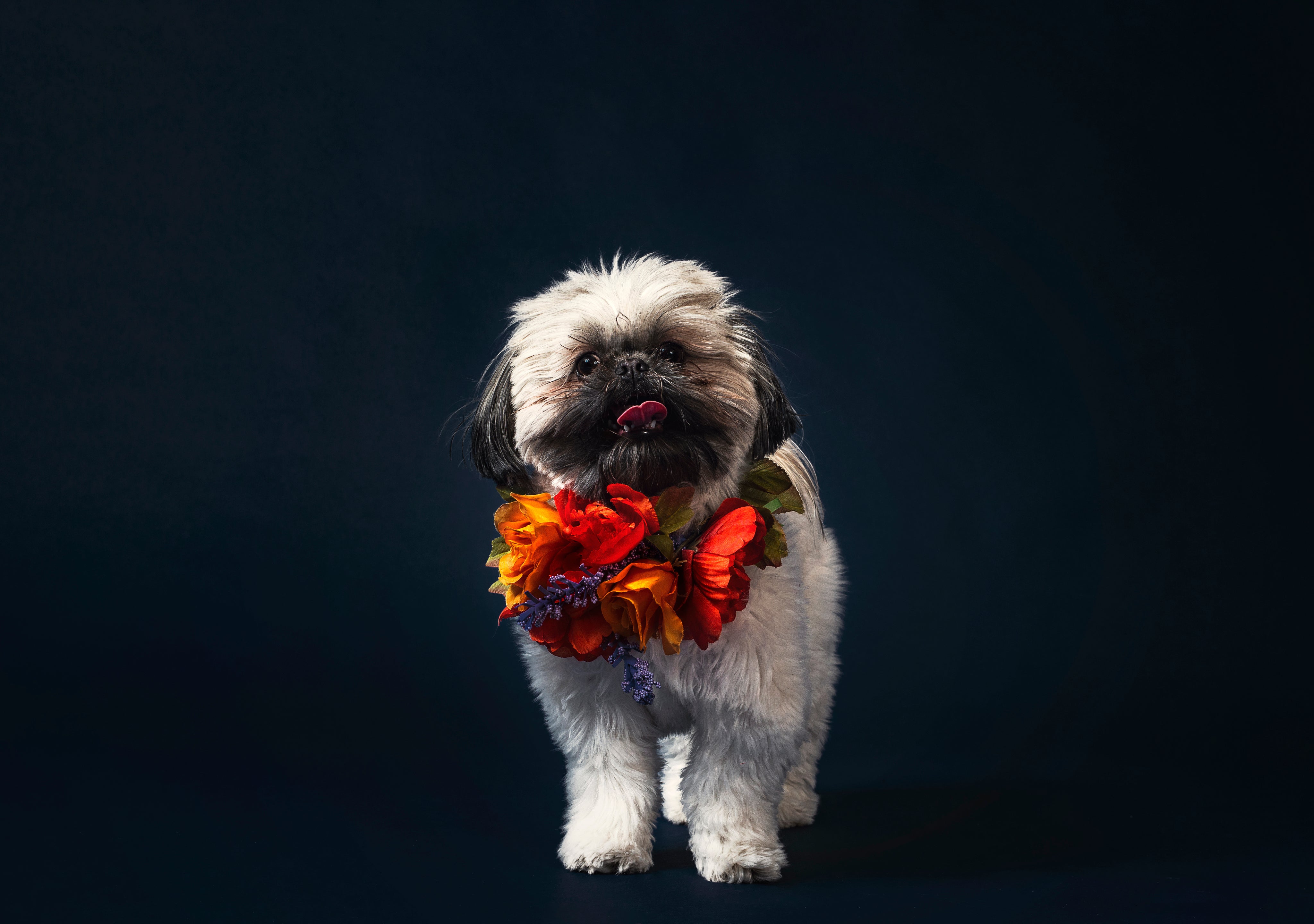
Introduction
Leaving your dog or puppy alone at home can be stressful—not only for you but also for your furry companion. Dogs are social animals that thrive on companionship and routine, and being separated from their owners can trigger feelings of distress. This emotional response is known as separation anxiety. It’s one of the most common behavioral challenges faced by dog owners, especially during early puppyhood or after lifestyle changes.
In this article, we’ll explore what causes separation anxiety in dogs, how to recognize the signs, and effective strategies to help your pet feel safe, calm, and confident when you’re not around.
What Is Separation Anxiety in Dogs?
Separation anxiety occurs when a dog experiences excessive fear or stress when left alone or separated from its owner. While mild discomfort is normal, true separation anxiety can lead to destructive behaviors, incessant barking, or even physical symptoms such as panting or drooling.
This condition is more than just “bad behavior.” It’s a sign that your pet is emotionally struggling to cope with loneliness or change.
Common Causes of Separation Anxiety
Several factors can contribute to separation anxiety in dogs and puppies, including:
Change in Routine:
Dogs thrive on predictability. Sudden changes—like new work schedules, moving to a new home, or family members leaving—can unsettle your pet.
Rehoming or Adoption:
Dogs adopted from shelters or previous owners may have experienced abandonment, making them more prone to anxiety when left alone.
Over-Attachment:
Puppies that spend every waking moment with their owners may develop an unhealthy dependency, leading to panic when left alone.
Lack of Socialization:
Puppies that aren’t gradually exposed to short periods of solitude during early development may find it difficult to handle being alone later.
Past Trauma:
Dogs that have experienced neglect, loud environments, or prolonged isolation may associate solitude with fear or danger.
Signs and Symptoms of Separation Anxiety
Recognizing the symptoms early can help you address the issue before it worsens. Common signs include:
- Continuous barking, whining, or howling when left alone
- Destructive behaviors like chewing furniture, scratching doors, or tearing cushions
- Accidents in the house (urinating or defecating despite being toilet-trained)
- Excessive drooling, panting, or pacing
- Attempts to escape, which can sometimes result in self-injury
- Clinginess or shadowing behavior when you’re home
If you notice one or more of these behaviors, it’s essential to rule out medical causes by consulting a veterinarian. Once health issues are excluded, you can focus on training and behavioral adjustments.
How to Help a Dog with Separation Anxiety
Easing your dog’s separation anxiety takes time, steady effort, and a compassionate approach. Here are some proven techniques:
1. Start with Gradual Training
Start by leaving your dog alone for short periods and slowly extend the time as they become more comfortable being by themselves. The goal is to desensitize your dog to your absence without triggering panic.
2. Create a Calm Environment
Before leaving, avoid dramatic goodbyes or long emotional moments. Dogs can sense your emotions, and anxious energy can make them nervous. A calm departure signals that it’s nothing to worry about.
3. Establish a Predictable Routine
Feed, walk, and play with your dog at consistent times. Routine gives your dog a sense of stability and helps reduce stress.
4. Use Enrichment Toys and Distractions
Providing your dog with puzzle toys, treat-dispensing feeders, or durable chew items can keep them entertained and mentally engaged during your absence. This reduces boredom and redirects anxious energy.
5. Create a Safe Space
Designate a comfortable spot where your dog feels secure—like a cozy crate, dog bed, or a specific room. You can soothe your dog by playing gentle background music or leaving an item of clothing that carries your scent for reassurance.
6. Practice “Alone Time” Even When You’re Home
Encourage your dog to relax in another room or space while you remain at home. This helps them learn that being alone doesn’t mean being abandoned.
7. Exercise Before Leaving
A tired dog is a relaxed dog. Take your pet for a walk or play fetch before you go out. Physical activity helps release endorphins and lowers anxiety levels.
8. Avoid Punishment
Never punish your dog for anxious behavior. It can worsen their fear and erode trust. Instead, reward calm, confident behavior with treats or praise.
9. Seek Professional Help
If your dog’s anxiety is severe or persistent, consult a veterinarian, animal behaviorist, or certified dog trainer. They can help identify triggers and design a personalized training plan.
Helping Puppies Adjust to Alone Time
Puppies are susceptible to separation since they’re still learning about the world. To prevent anxiety from developing:
- Introduce short separations early (a few minutes at a time)
- Avoid letting your puppy follow you everywhere
- Encourage independence by providing toys and rewarding calm behavior
- Keep departures and arrivals low-key to avoid reinforcing anxiety
Gradually building independence helps puppies grow into confident, emotionally balanced dogs.
Can Separation Anxiety Be Cured?
Yes, with patience, dedication, and the right training methods, most dogs can overcome separation anxiety or show remarkable improvement. The key lies in positive reinforcement, structured routines, and avoiding triggers that heighten fear.
While some dogs may always prefer being near you, proper training ensures they can stay calm and safe even when you are away.
Final Thoughts
Separation anxiety can be heartbreaking for both you and your furry companion—but it’s not hopeless. By identifying the triggers, spotting the warning signs early, and using the right calming techniques, you can help your dog stay relaxed and confident even when you’re not around.
Remember, every dog is different. What matters most is patience, compassion, and consistency in your approach. With time and effort, your loyal friend will learn that being alone doesn’t mean being unloved.






